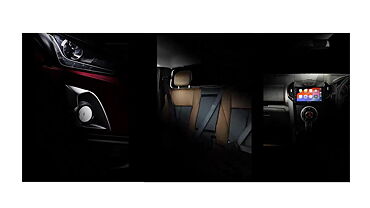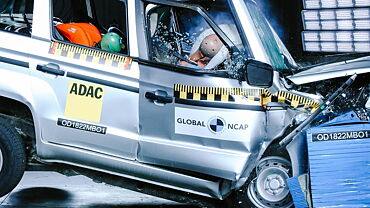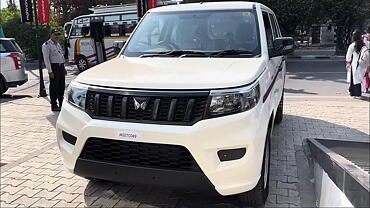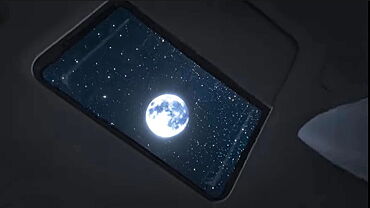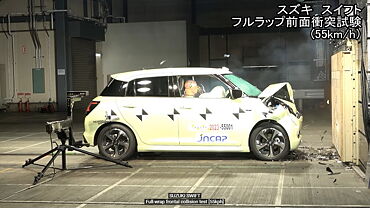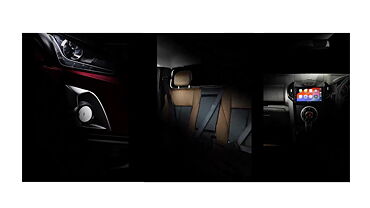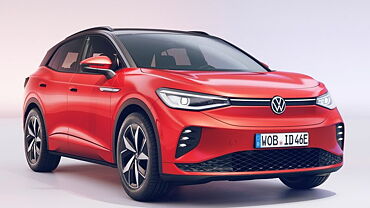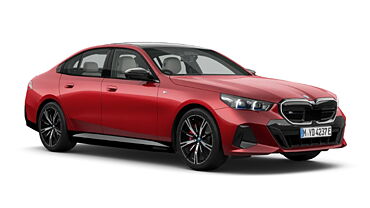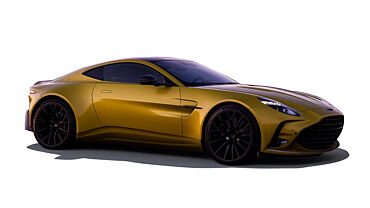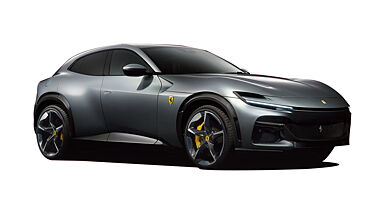Robotics departments of the prestigious Oxford University has claimed to have developed the world's first car that drives all by itself without any driver steering it. The revolutionary technology uses a computer to drive the car for successfully covering previously known stretches of a route, without help from any human driver or guide. The prototype is creating immense interest and buzz in the entire automotive media and industry, regarding the time frame of its commercial implementation. However, it will take a while for the technology to become available to domestic car enthusiasts, since scholars and engineers of Oxford University must have not considered the hustle-bustle and chaotic vehicular traffic scenario common in India.
The Oxford University's 'auto-drive' equipped car can be considered a gem of automobile and electronics engineering, even though it is still in the testing stages. Scientists have claimed that the technology represents the future of next generation vehicles and is actually an important milestone in the self automated vehicles. As per reports, the auto-drive technology allows driver to transfer entire driving control of the car to the onboard computer system. The computer (or the robot) evaluates the surroundings, nearby traffic and road situation, along with many other factors, for its automated driving service. Further, the cutting edge technologies laden auto-drive feature uses many strategically located cameras and lasers planted discreetly into the car's body, which sends nearby traffic, driving statistics and road details to the computer system fixed in the boot.
Commenting on the revolutionary technology, Professor Paul Newman, a faculty member of the Department of Engineering Science and BP Professor of Information Engineering, Oxford University, was quoted as saying, “Because our cities don't change very quickly robotic vehicles will look out for familiar structures as they pass by so that they can ask a human driver 'I know this route, do you want me to drive?' and the driver can choose to let the car take over. We are working on a low-cost navigation system independent of GPS, done with discreet sensors that are getting cheaper all the time. It's easy to imagine that this kind of technology could be in a car you could buy.”
Interestingly, the auto-drive equipped prototype model uses an Apple iPad for providing the drive control transfer to the driver. The onboard computer could identify the familiar routes and will promptly inform the driver if he / she wishes to use the auto-drive function. Depending upon situation, the driver can accept or reject the prompt message generated by the robot, which can be done just be touching the iPad screen. Further, the automatic system transfers control back to the human driver instantly, if the brake pedal is tapped. The arrival of auto-drive feature in Indian vehicles looks quite distant at the moment, but if the technology witnesses commercial production overseas, domestic car enthusiasts surely have a chance of getting behind its wheel.



